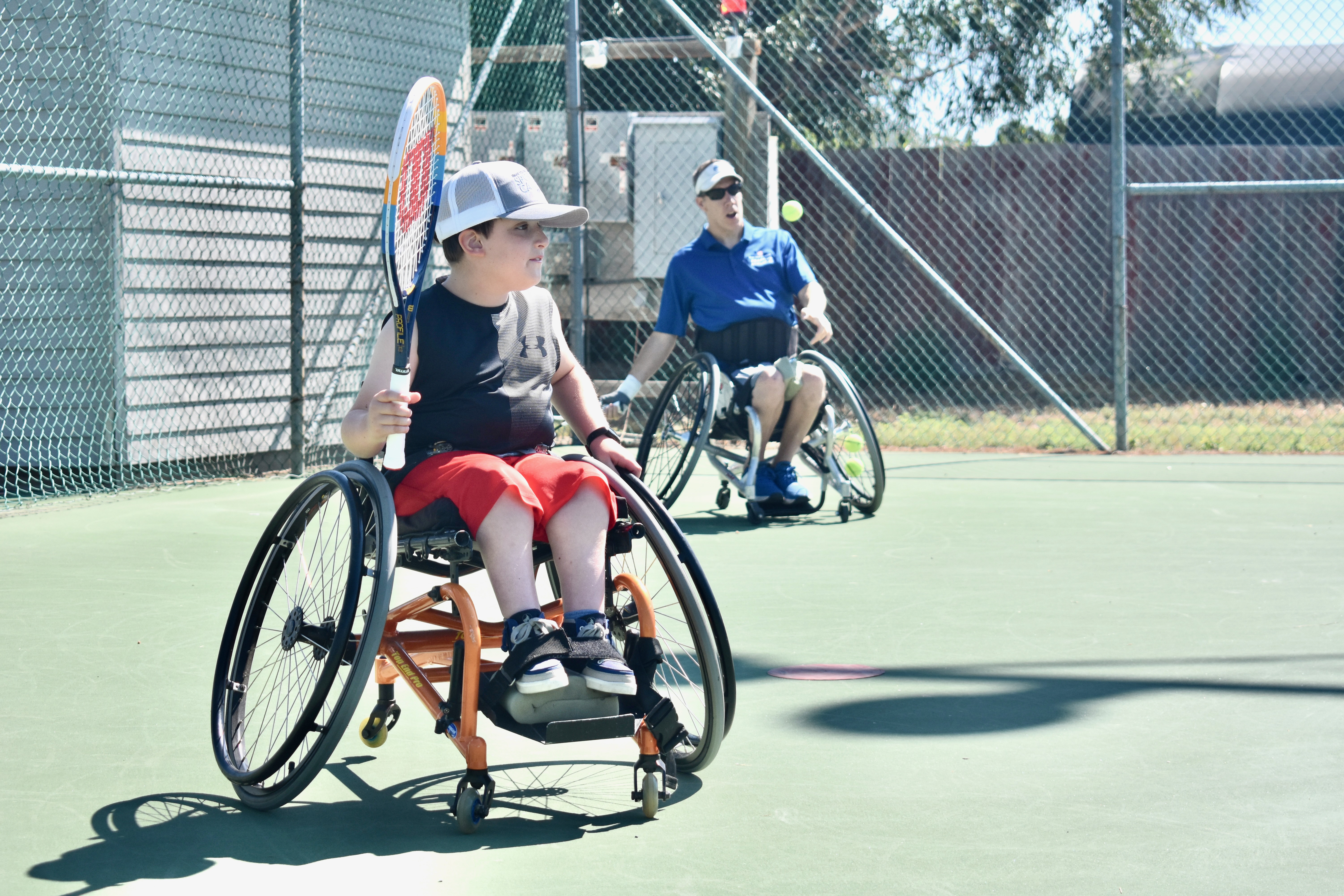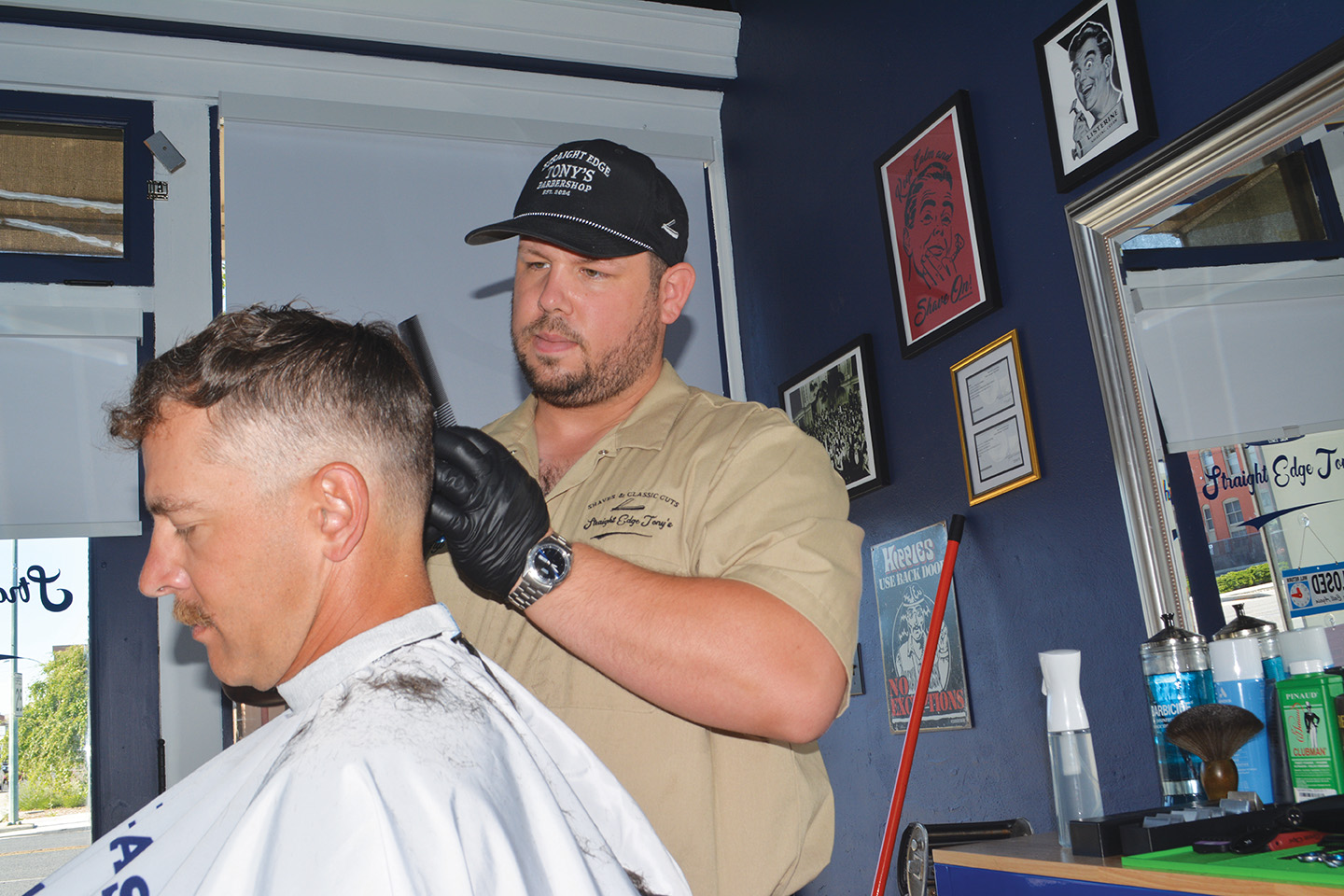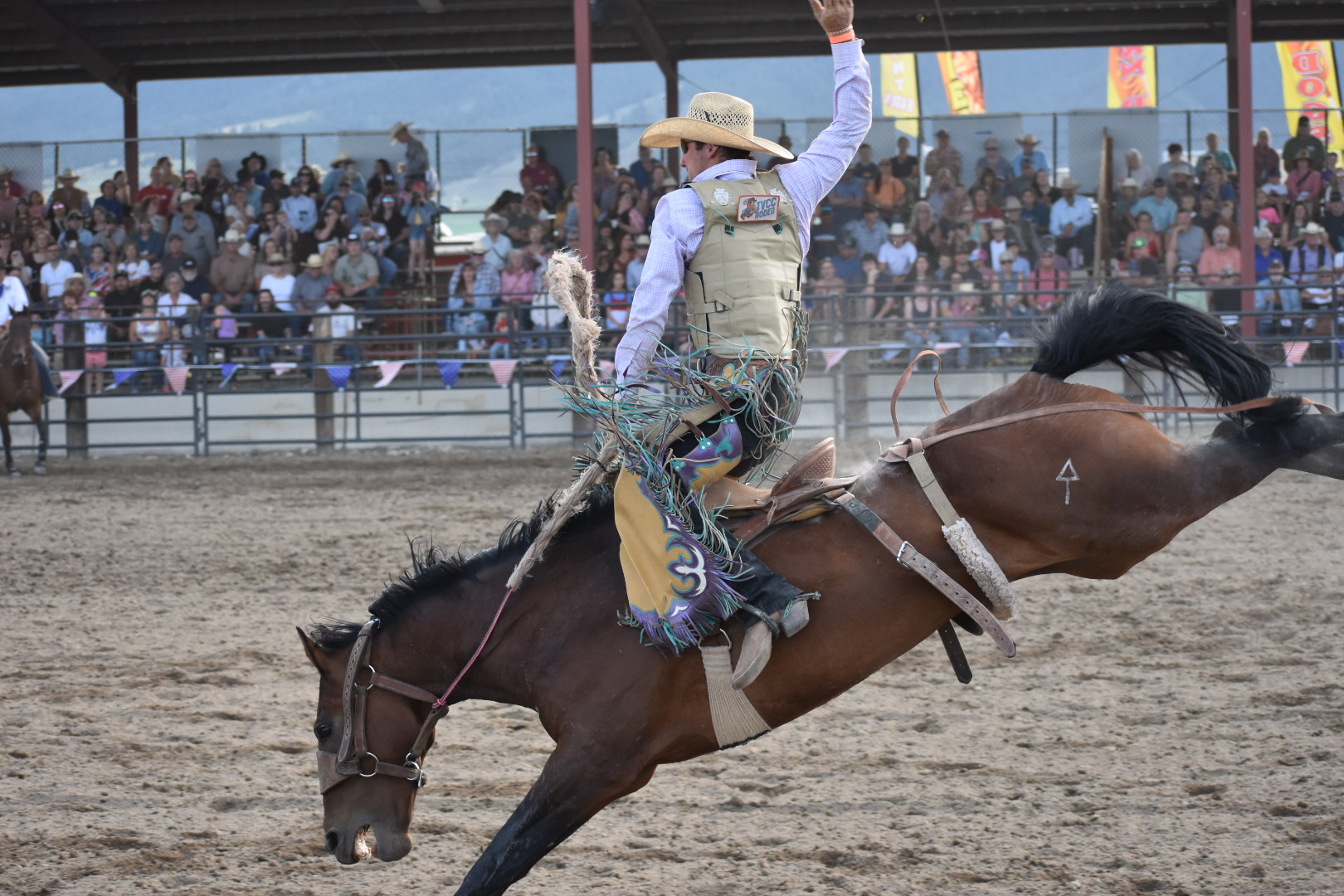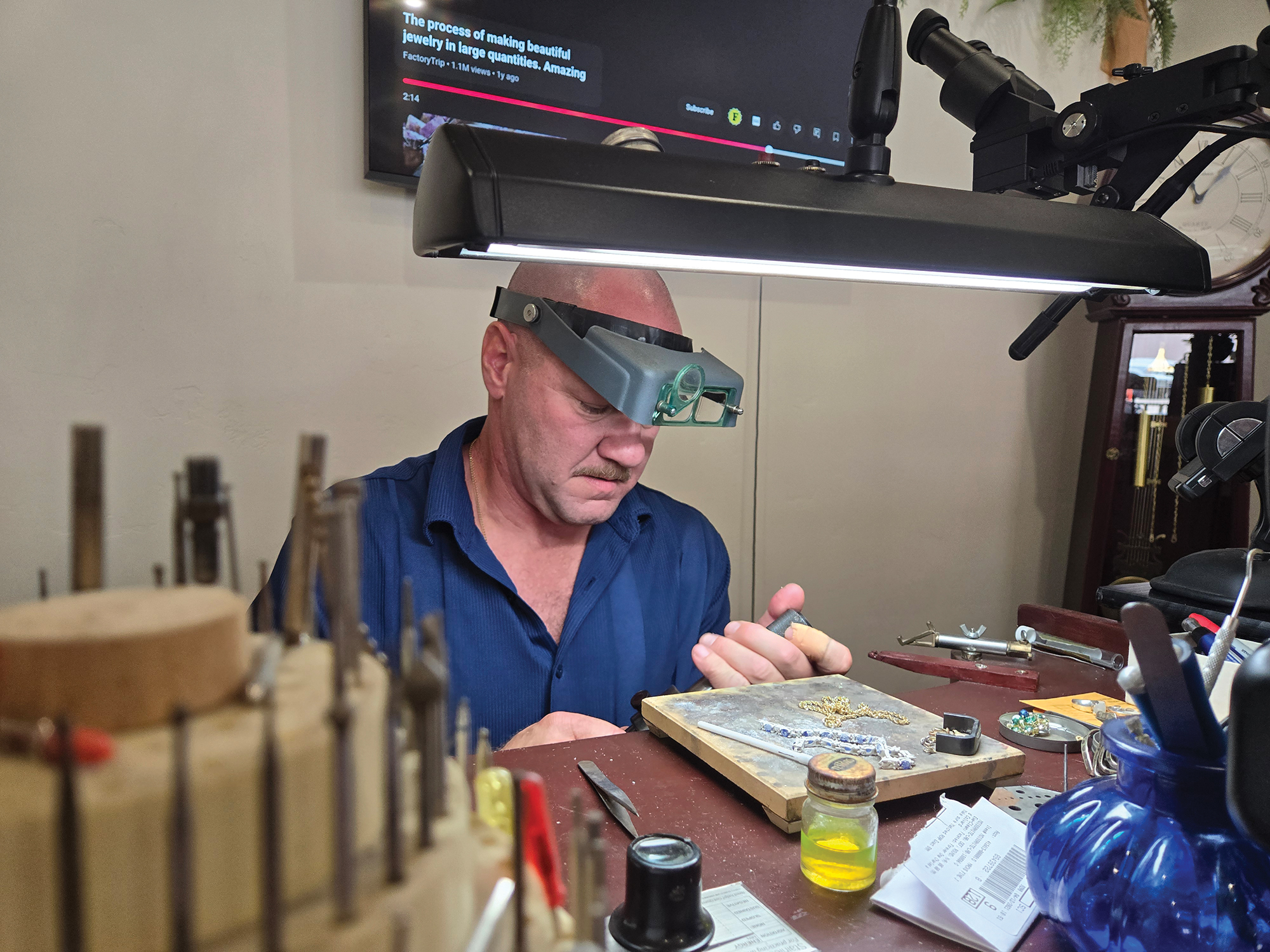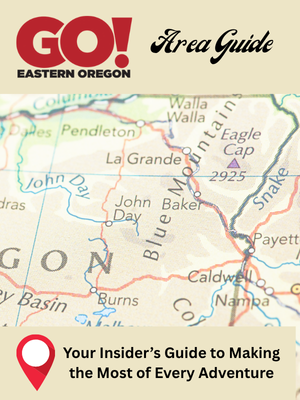Tennis — on wheels
Published 5:30 am Friday, July 4, 2025
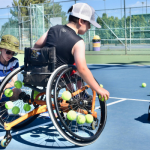
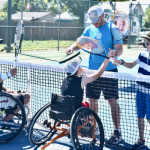

Gus Macy, 9, gets lesson in adaptive tennis
BAKER CITY — Gus Macy grips the tennis racket, eyes focused on his opponents across the net.
He waits as his partner, Steve Baxter, serves the ball.
A return shot, and Gus rolls as quickly as he can, stretching his racket to hit a backhand.
Yes — he rolled.
Gus, 9, has spina bifida and uses a wheelchair. He lives in Baker City, and in June attended an adaptive sports camp held by Boise Parks and Recreation.
“His whole outlook changes when he has somebody he can relate to,” said his mom, Karla.
Baxter, who is director of the adaptive sports program at Boise State University, was at the June camp where Gus won the “most coachable” award.
When Baxter knew he’d travel through Baker City in early July, he contacted Gus’ parents, Karla and Levi, to see if he could arrange a tennis lesson.
On July 3, the group met at Baker High School’s tennis courts and Baxter loaned Gus a wheelchair designed for sports — the wheels are tilted in about 20 degrees, which allows the user to make quick turns.
“It’s very similar to a basketball chair,” Baxter said.
After a few arm stretches and warm-up races across the court, Baxter grabbed a bag of balls and Gus got to work on drills.
“Hands on the wheels so you can go get it!” he said, tossing the ball just out of reach so Gus had to adjust his chair.
The only rule difference with adaptive tennis, Baxter said, is that two bounces are allowed.
Baxter, 47, was paralyzed 21 years ago. At the time, he was a military rescue swimmer with the Navy. One day, he fell badly on a trampoline.
“I landed upside down on the trampoline and popped my neck,” he said.
His lower body is paralyzed from his mid-chest. His chair includes a strong waist strap which helps stabilize his core when playing sports.
He was introduced to adaptive sports during rehab at the VA in Seattle.
There’s now adaptive sports at the collegiate level, although most programs are back east.
He said Boise State started on the program in 2020, and it became official in 2022. Current sports are tennis, basketball, and track and field. Additional offerings will include swimming and skiing.
“We’re just trying to spread the word — so many people don’t know,” Baxter said.
Gus certainly knows.
At the Boise camp, athletes could try tennis, basketball, rugby, an obstacle course, track and field, hand cycling, rock climbing and swimming.
He has a favorite.
“Tennis — cause I get to race around the court. And it’s outdoors,” he said with a grin.
After a few hitting drills, Baxter decided it was time to play a game — he and Gus against Levi and Gus’ brother, Henry.
Tennis is easy to practice, Baxter said.
“You can hit against the wall by yourself, or with family and friends — as long as you have the chair,” he said.
As everyone packed up tennis balls and rackets, Gus transferred back to his own wheelchair.
Then, with a mischievous smile over his shoulder at Baxter, he started rolling away, pushing the special tennis chair ahead of him in a very obvious getaway scheme.
Baxter just laughed, and encouraged Gus to keep practicing until he came through town again.
“Just keep playing and having fun,” he said.




